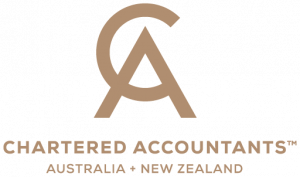
Good health and safety (H&S) practice is a vital part of any business, but when was the last time you checked your company’s health and safety plan?
Under the Health and Safety at Work Act 2015, both “Persons Conducting a Business or Undertaking” (PCBU) and workers (including employees and contractors) have health and safety duties in the workplace. The duties relate to their own health and safety and that of their co-workers, clients and even unconnected members of the public. The Act requires you to have a high degree of engagement with your staff about health and safety matters.
Whether you have a couple of staff or two hundred, here’s a three-step strategy to ensure you’re covered:
- Step One: Assess your risks
– Gather your team and discuss all the potential risks and hazards that might face your business. If you’re office-based, what kind of risks should you look out for? If you work outside, are you prepared for all eventualities?
– Don’t overlook social hazards, such as overworking, bullying, stress, and burnout. They’re just as important as physical risks.
– Consider what you’re already doing to mitigate your risks and how you can do even more. - Step Two: Commit to a plan
– Once you’ve thoroughly assessed your workplace risks and hazards, you’ll need a health and safety plan with procedures to mitigate their impact.
– Your plan has to be actionable, practical and realistic in the context of your everyday work. Consider how the new procedures will be adopted.
– Through your new plan, you might need new training records, lists of first-aid equipment, or a new induction for incoming staff.
– It could also feature HR policies on workplace health and safety that employees can agree to.
– As a New Zealand business, your company also needs a process for reporting notifiable events to WorkSafe. - Step Three: Action your plan
– Don’t draw up a plan and leave it to gather dust. Make sure it’s implemented as soon as possible, and take time out of your working day to get everyone on board.
– H&S is an ongoing challenge and requires ongoing attention. Make sure you run regular courses and drills to keep everyone up to date, and include staff on updates, so they can raise any new risks and hazards.
– In particularly dangerous and hazardous sectors, it can help to set targets to measure the impact of your plan.
For example, a building company could have targets for keeping workplace injuries low, or an office-based business could have a target to prevent sick days and burnout.
Disclaimer: This blog has been carefully prepared, but it has been written in general terms only. The blog should not be relied upon to provide specific information without also obtaining appropriate professional advice after detailed examination of your particular situation.

